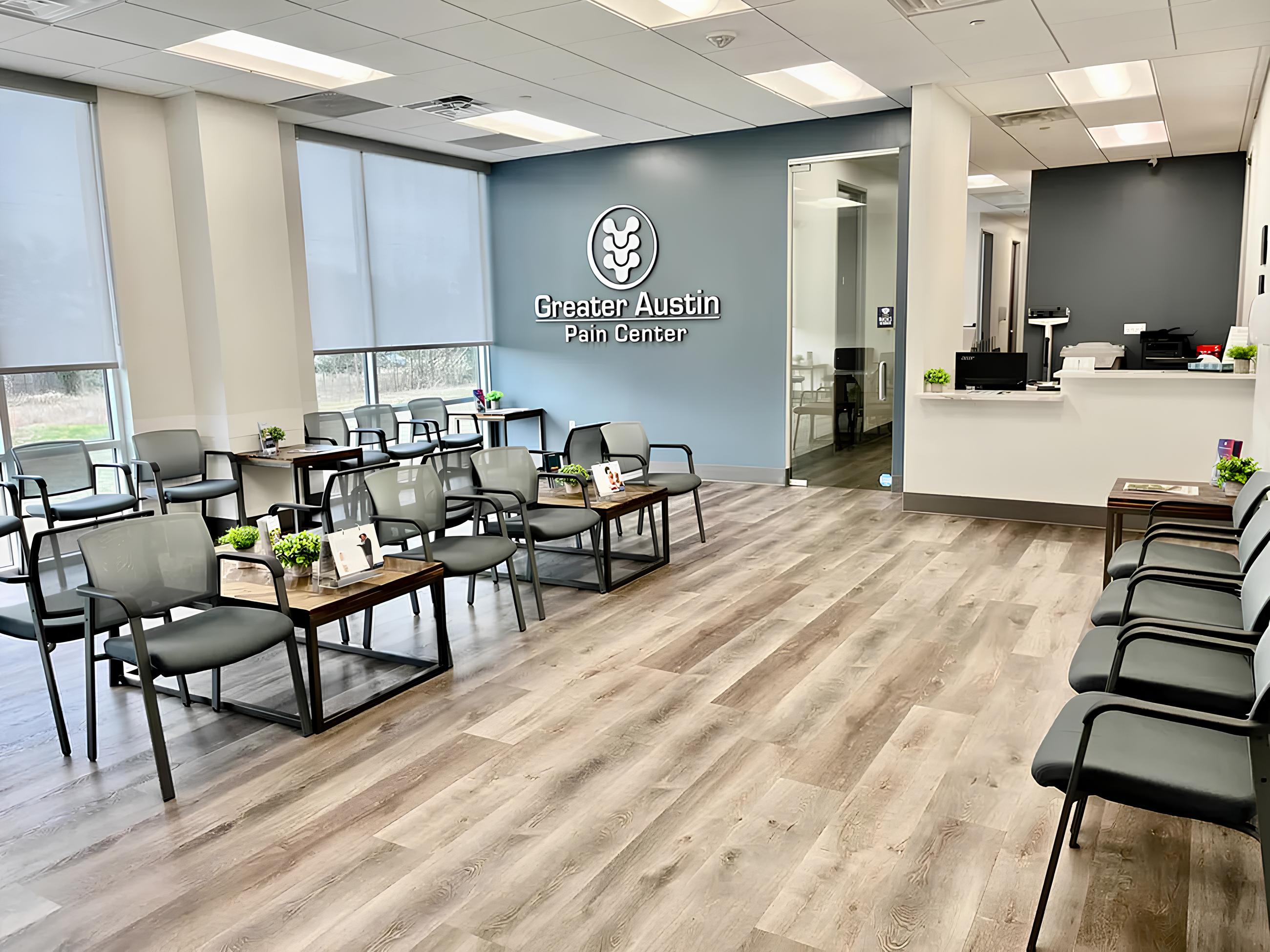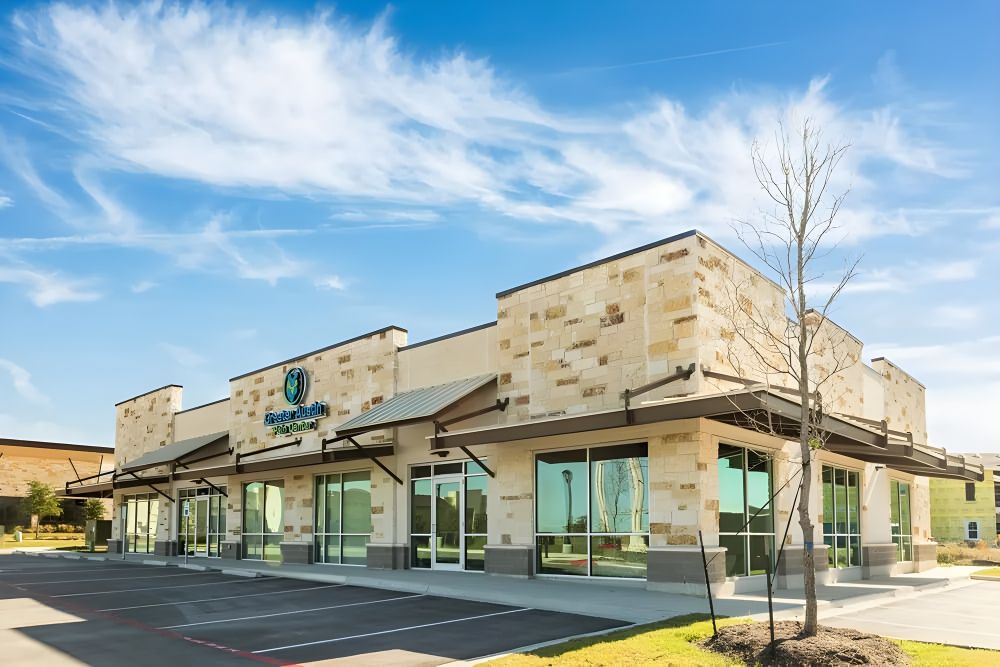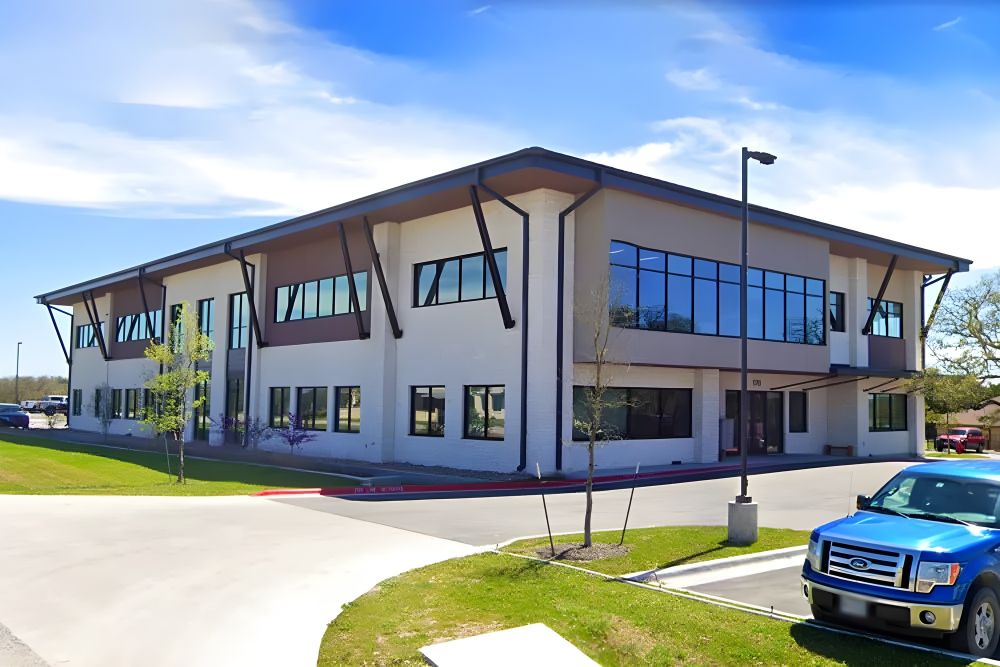What is a Spinal Cord Stimulator and How Does it Work?
A spinal cord stimulator is a small device that is implanted near the spine to reduce chronic pain. After it is implanted via surgery, spinal cord stimulation uses mild electrical pulses to interfere with pain signals reaching the brain. This neuromodulation reduces pain because the electrical pulses mask the pain signal, preventing it from reaching your brain.
In other words, spinal cord stimulation doesn’t eliminate the source of pain. Instead, it works by interfering with the signal to the brain, causing patients to either not feel pain signals experience a tingling feeling instead.
Not all patients get the same degree of relief from neuromodulation, so a trial period is respected before permanent surgery is performed. This means that there are two procedures in the spinal cord stimulator implant process: the trial and the implantation. Even if a patient changes their mind after permanent surgery, spinal cord stimulators can be removed without damaging the spinal cord or nerves.
Spinal Cord Stimulator Implants Make Pain a Thing of the Past
Spinal cord stimulation in Austin, TX is a type of neuromodulation that can improve your sleep, quality of life, and ability to go about your day without taking pain medication. The spinal cord stimulator implant procedure itself is minimally invasive and has a low risk of complications. Compared to other surgical treatments, the healing time for spinal cord stimulator surgery is generally shorter.





















